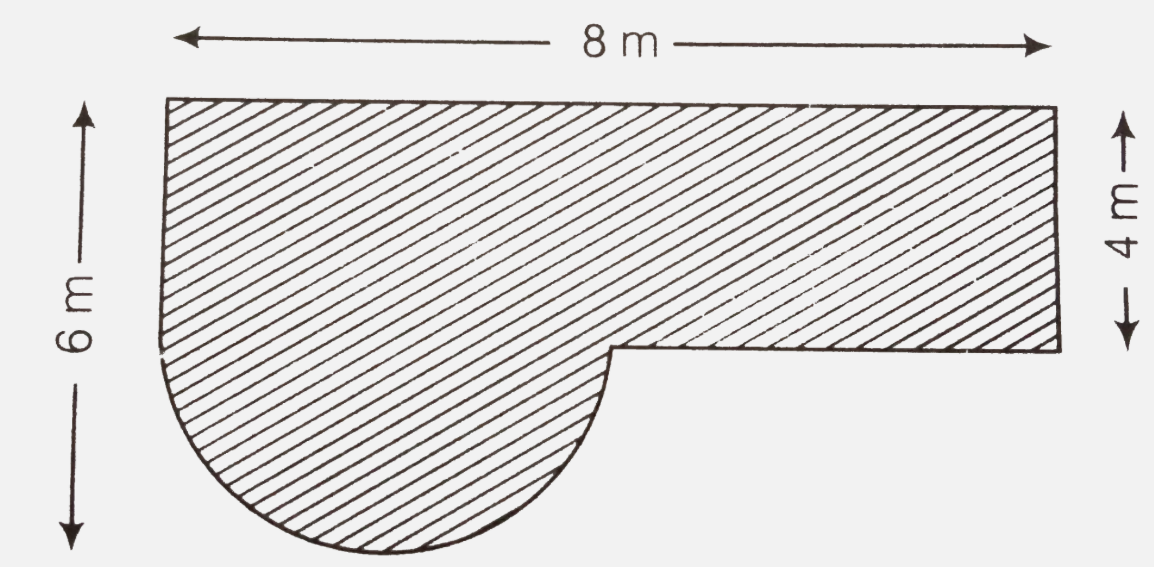Find the area of the shape shown in the figure 10.10.
This figure is made up of line-segments.
Moreover, it is covered by full squares and halfsquares only.
This makes our job simple.
(i)Fullyfilledsquares=3
(ii)Half-filled squares=3
Area covered by full squares=3×1 sq units<br>=3squnits
Totalarea=4(12) sq units
Topper's Solved these Questions
- MENSURATIONBOOK - NCERT ENGLISHCHAPTER - MENSURATIONEXERCISE - EXERCISE 10.2
1 Videos
- MENSURATIONBOOK - NCERT ENGLISHCHAPTER - MENSURATIONEXERCISE - EXERCISE 10.1
16 Videos
- KNOWING OUR NUMBERSBOOK - NCERT ENGLISHCHAPTER - KNOWING OUR NUMBERSEXERCISE - EXERCISE 1.3
3 Videos
- PLAYING WITH NUMBERSBOOK - NCERT ENGLISHCHAPTER - PLAYING WITH NUMBERSEXERCISE - EXERCISE 3.1
4 Videos
Similar Questions
Knowledge Check
In the figure, ABCD is a rectangle and E is a point on the side AB. If AB=10andAD=5 what is the area of the shaded region in the figure?
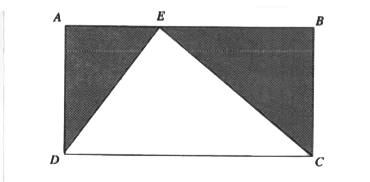 A25B30C35D40
A25B30C35D40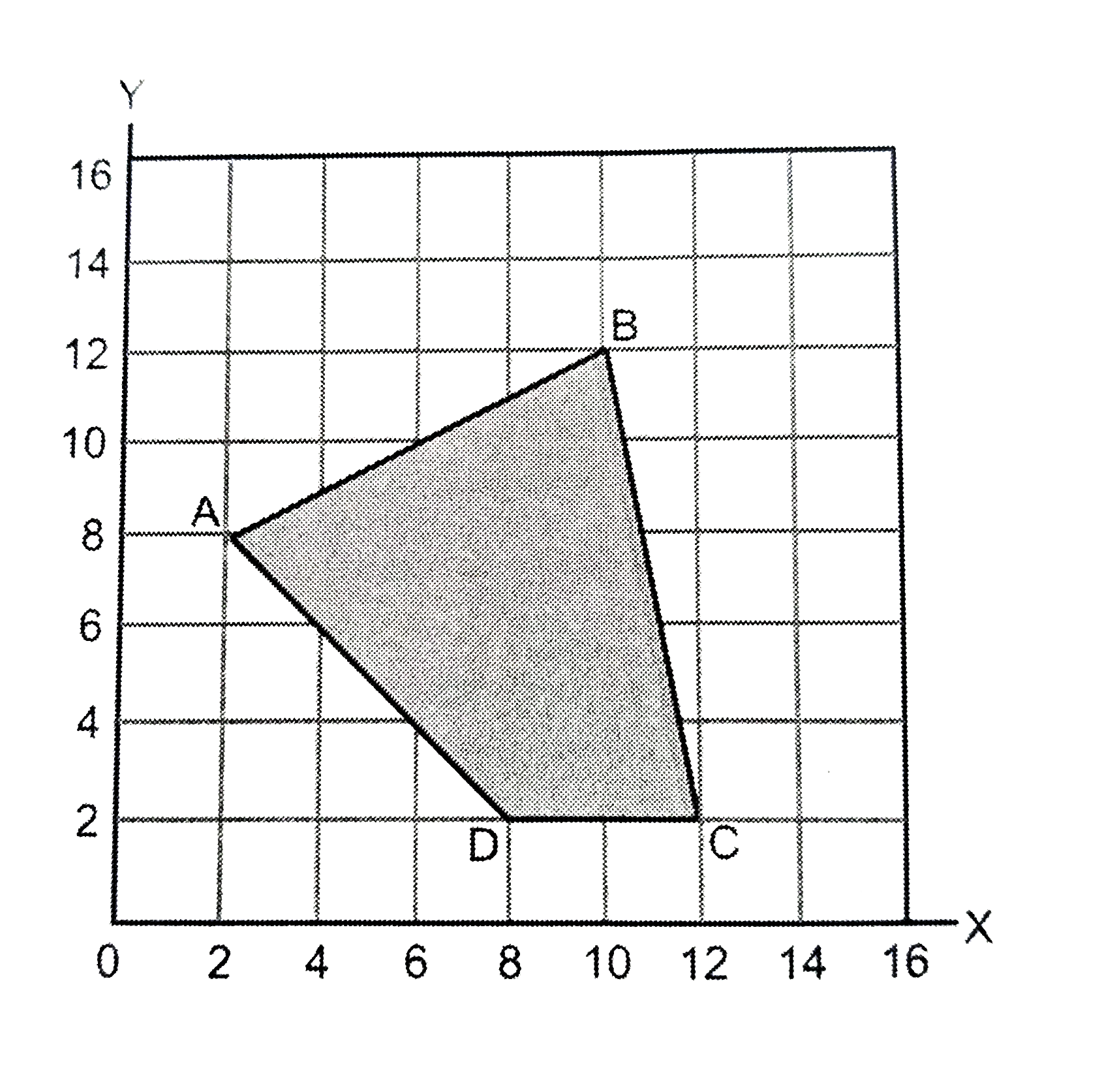
What is the area of the quadrilateral ABCD as shown in the figure above?A74B72C56D28
Find the area of the field shown in Figure by dividing it into a square, a rectangle and a trapezium.
View SolutionFind the area of the pentagonal park shown in Figure in two different ways:
View SolutionFind the acceleration of the two blocks shown in figure-2.101.Take g=10m/s2
View SolutionA very long straight conductor and an isosceles triangular conductor lie in a plane and are separated from each other as shown in the figure. If a = 10 cm, b = 20 cm, and h = 10 cm find the coefficient of mutual induction.
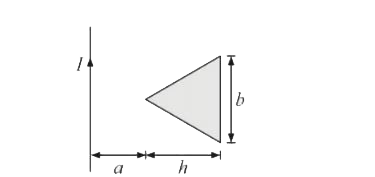
View SolutionA very long straight conductor and an isosceles triangular conductor lie in a plane and are separated from each other as shown in the figure. If a = 10 cm, b = 20 cm, and h = 10 cm find the coefficient of mutual induction.

View SolutionA very long conductor and an isosceles triangular conductor lie in a plane and are separated from each other as shown in the figure. Find the coefficient of mutual induction. (a = 10 cm, b = 20 cm, h = 10 cm)
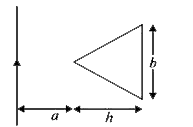
View Solution

